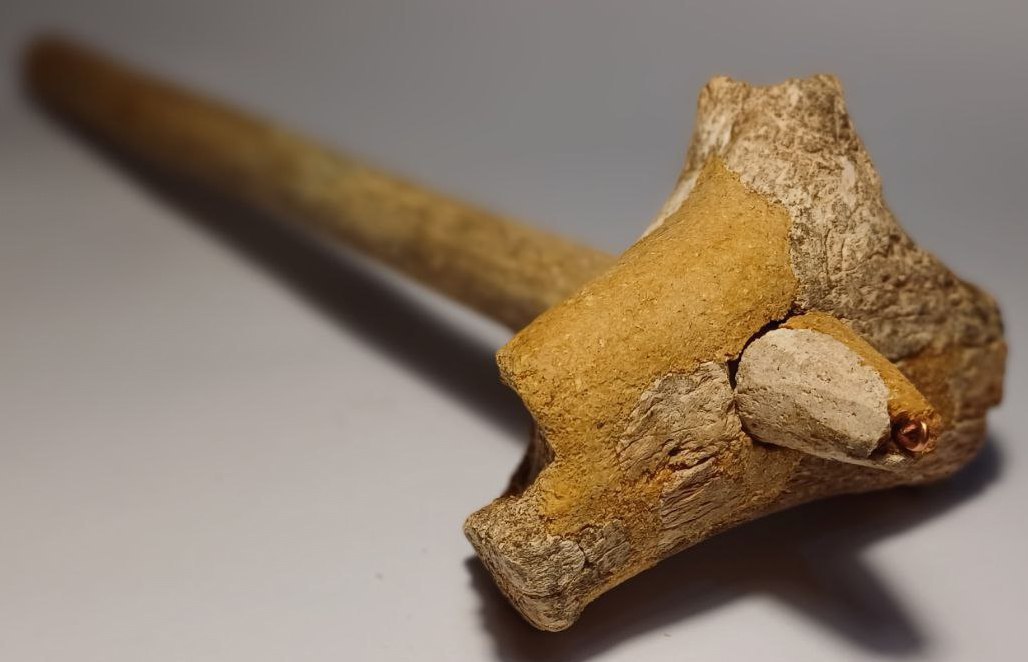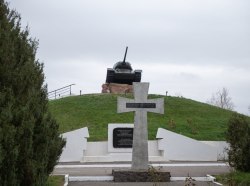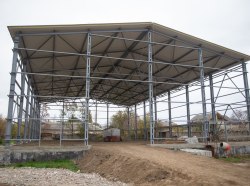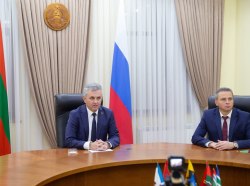Tiraspol, October 1. /Novosti Pridnestrovya/. A major archaeological discovery may occur in Pridnestrovie at any moment. This was reported to journalists by the head of the research laboratory "Archaeology" of the Pridnestrovian State University, Doctor of Historical Sciences Vitaly Sinika.

Reconstructed Cimmerian scepter. Photo: Research Laboratory "Archaeology"
In particular, a Cimmerian scepter made of red deer antler was found in a burial near the village of Malaeshty, Grigoriopol district. The find indicates at least that Pridnestrovie had contacts with the North Caucasus in the 9th - first half of the 8th century BC. But not only that.
"These are the same mysterious Cimmerians mentioned by Herodotus, these are the same Cimmerians who were replaced by the Scythians," Vitaly Sinika explained. "Archaeologists, ethnographers and folklorists have been searching for the grave of the Cimmerian kings to this day."
As the "father of history" Herodotus wrote, the grave of the Cimmerian kings was located near the Tiras River, that is, near the Dniester. According to Vitaly Sinika, the discovery of this grave will be comparable to the discovery of the tomb of Tutankhamun. However, the list of possible mysteries that archaeological finds can answer is not limited to the grave of the Cimmerian kings.
"Over the past years of our work, we have learned that the Ugrians lived on our territory, that there are definitely Pecheneg monuments here, that there are definitely Oghuz (the Oghuz were called Torks in Russian chronicles) monuments here, that there are definitely Polovtsian monuments here, although it was previously believed that they could not be here at all," Vitaly Sinika noted. "But the question remains, who lived here in the 6th, 7th, 8th and early 9th centuries. I think we will be able to answer these questions, and these discoveries can happen at any time." Earlier, an early Bronze Age burial ground (Usatovskaya culture) was discovered in Pridnestrovie near the village of Korotnoye, which is of great importance for understanding the history of the Indo-European peoples.








